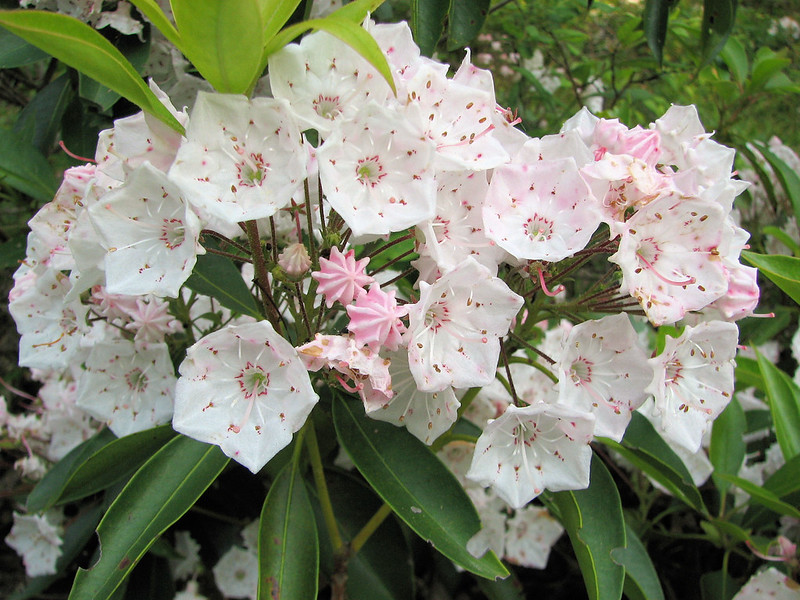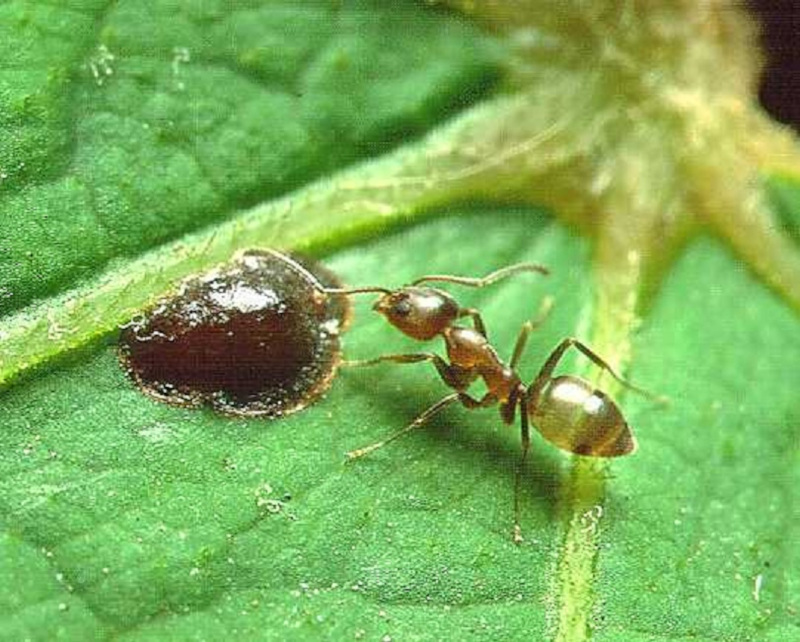
Apple-of-Peru Facts
- This lovely, yet surprising, product of Nature most frequently goes by the intriguing common name of the Apple-of-Peru. It does have other general titles by which it’s known, though. These include such terms as the shoo-fly plant, among a few others.
- Other individuals, however, more typically refer to the flora by its technical designation. Inside of scientific circles, for example, it’s perhaps better known by this. For the layperson, it holds the difficult to pronounce epithet of Nicandra physalodes.
- The botanical wonder received that tag due to the efforts of Joseph Gaertner. The respected German botanist accomplished the first acknowledgement of it as a separate and distinct species. He further managed that scientifically noteworthy feat in 1791.
- In some regions of the globe, it’s long been cultivated as an ornamental plant. That’s amazing, since it acutally qualifies as a member of the nightshade Family! Traditional medicines of some cultures also make use of certain parts of the impressive plant.
- Fortunately, the attractive Apple-of-Peru seems to be maintaining a stable and sufficient population base. That pleasant state also appears to hold true throughout the entirety of its natural range. The IUCN therefore currenly has no listing for it on its Red List.
- The Angiosperm nevertheless faces several potential threats to its continued existence as a species, at least. Like most forms of life on earth, most of these stem from the actions of humans. They include the related perils of habitat loss and climate change.
Related Articles




Apple-of-Peru Physical Description
The surprising Apple-of-Peru generally grabs the attention of those individuals who see this marvelous Angiosperm. This occurs for more than one reason, though. That’s because the flora is not only visually appealing, but also attains respectable measurements.
Mature specimens of this annual species attain different sizes, of course. That happens largely due to various local conditions. A large specimen, however, typically achieves a vertical gowth measuring approximately 3.3 ft (1m ). Exceptional examples are rare.
Each plant produces multiple upright stems which quickly branch out widely with numerous smaller branches. Impressively, both the stems and branches display a deep purple to black color. This contrasts sharply with that of the foliage of this botanical wonder.
The various branches each develop several of these leaves. In color, they display a medium-green shade, with numerous black dots, and extend from alternate sides on thin stems. These further manifest several pointed lobes, and possess small serrations along their edges.
It’s the flowers of the lovely Apple-of-Peru, though, that usually gather the most attention. These have an overall bell-shaped structure, and average about 2 in (5 cm) across. In color, the outer part of each of the five petals usually shows a light violet, while the throat is white.
The fruit also develops distinctively. This begins as a small berry, resembling a cherry. In color, it generally has a greenish-brown cast. As it matures, though, its appearance changes. Fully mature one’s often bear a close resemblance to a lantern, and have a light tan color.
- Kingdom: Plantae
- Phylum: Tracheophytes
- Class: Eudicots
- Order: Solanales
- Family: Solanaceae
- Genus: Nicandra
- Species: N. physalodes

Apple-of-Peru Distribution, Habitat, and Ecology
The amazing Apple-of-Peru evolved as indigenous to a moderately small expanse of the earth’s surface. It’s own name provides a clear indication of this, though not a complete picture. That’s true since the flora developed as native to a small section of South America.
That limited region of the continent lies in the western portion of the landmass. There, its greater zone of habitation does indeed included the country of Peru. Yet, it also inhabits parts of three other nations. These consist of the countries of Chile, Bolivia, and Argentina.
In its natural condition, the annual evolved moderately specific preferences regarding its choice of habitat. Those primarily comprised the banks of streams and rivers. However, the plant also makes its presence known in forests, typically around the edges.
Now, though, with the impact of man on its native habitat, the marvel has adapted to appear in other types of regions as well. It now frequently develops naturally in various disturbed areas. Those include areas like roadsides, gardens, and even some waste areas.
The beautiful yet surprising Apple-of-Peru reproduces solely via seeds. Pollination of the blooms happens through the actions of various insects, largely bees. Intriguingly, germination of the seeds occurs throughout the year, though at a higher rate in the summer.
In Nature, few if any animals consume the species. Studies vary on its level of toxicity among humans, however. Yet, like many purportedly poisonous plants, parts of it have shown medicinal uses. Many traditional medicines make use of its different properties.
Species Sharing Its Range



Check out our other articles on 4 Charming Christmas Season Species, Eurasian Brown Bear, Komodo Island, Axolotol, Mountain Apollo, Spiny Butterfly Ray, Philippine Cobra, Weka









Leave a Reply